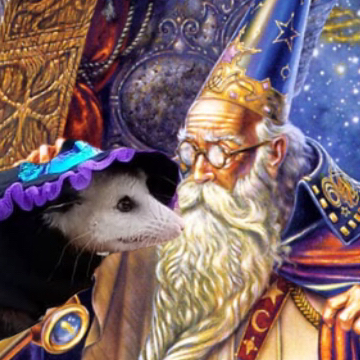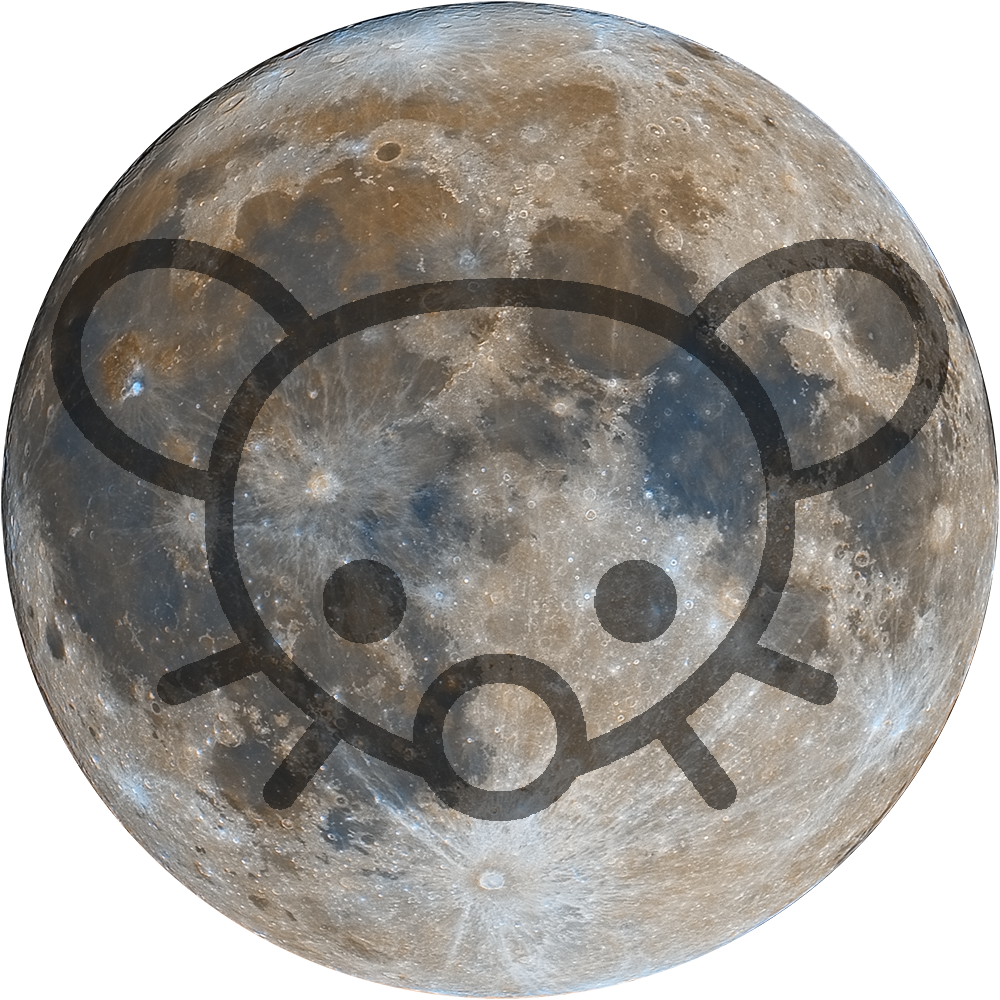Alright this thing is stupid faint. Due to my apartment’s wonderful horizons and high light pollution I decided to photograph a lot of high declination narrowband targets. This one just happened to be in a region of the sky while I was in between shooting brighter things. I only noticed it when scanning through stellarium with the DSS red survey on. There is apparently some Oiii in it based on the few other photos online, but this would have been too challenging (and time consuming) for me to do from bortle 8. There are also a few background galaxies.
Captured over 24 nights from Jan-April 2023.
Places where I host my other images:
-
TPO 6" F/4 Imaging Newtonian
-
Orion Sirius EQ-G
-
ZWO ASI1600MM-Pro
-
Skywatcher Quattro Coma Corrector
-
ZWO EFW 8x1.25"/31mm
-
Astronomik LRGB+CLS Filters- 31mm
-
Astrodon 31mm Ha 5nm, Oiii 3nm, Sii 5nm
-
Agena 50mm Deluxe Straight-Through Guide Scope
-
ZWO ASI-120mc for guiding
-
Moonlite Autofocuser
Acquisition: 65 hours 30 minutes (Camera at half Unity Gain, -15°C)
-
Ha - 383x600"
-
R - 35x60"
-
G - 35x60"
-
B - 30x60"
-
Darks- 30
-
Flats- 30 per filter
Capture Software:
- Captured using N.I.N.A. and PHD2 for guiding and dithering.
PixInsight Processing
-
BatchPreProcessing
-
StarAlignment
-
ImageIntegration
-
DrizzleIntegration (2x, Var β=1.5)
Ha Linear:
-
DynamicCrop
-
DynamicBackgroundExtraction
-
NoiseXterminator
-
MaskedStretch to 0.1 background
-
StarXTerminator starmask made, then subtracted from 0.3 Gray image and colvolved
-
Previous image used as a mask to stretch nebulosity without stretching stars
-
Repeated previous steps a few times to bring Ha and Oiii images nonlinear
RGB Linear:
-
DynamicCrop
-
DynamicBackgroundExtraction
-
ChannelCombination
-
JimmyMath to add Ha to RGB image
Math is just the last equation in Jimmy’s wonderful narrowband combination guide, although I bumped the R variable up to 4.0
-
SpectrophotometricColorCalibration
-
HSV Repair
-
DeepSNR
-
Slight SCNR green
-
AcrsinhStretch + HistogramTransformation to stretch nonlinear
Nonlinear:
-
added stretched Ha to stretched RGB via LRGBCombination
-
DeepSNR
-
shitloads of CurveTransformations to adjust hue, lightness, saturation, etc. (some with lum masks)
-
MLT chrominance noise reduction
-
ColorSaturation to selectively saturate the nebula
-
more curves
-
LocalHistogramTransformation
-
even more curves
-
Invert > SCNR > invert > SCRN (star masked) to remove excess greens and magentas from stars
-
guess what more curves
-
BlurX to sharpen up the stars
-
another round of MLT noise reduction (targeted at medium scale chrominance noise in the nebula)
-
Resample to 70%
-
DynamicCrop again
-
annotation
Alright this thing is stupid faint
The subtlety of the textures is precisely what made me stand up and take notice. I realized what was going on here and am properly impressed.
-
I think it looks kinda cool, congrats :)
One question: Is PGC2512446 that redshifted or is it due to the processing?
(Also, thanks for making me aware of the astrophotography community! It was one of my favorites back on reddit)
It’s not actually that redshifted. It just looks that way because I combined the Ha stack into the red channel in addition to using it as luminance


